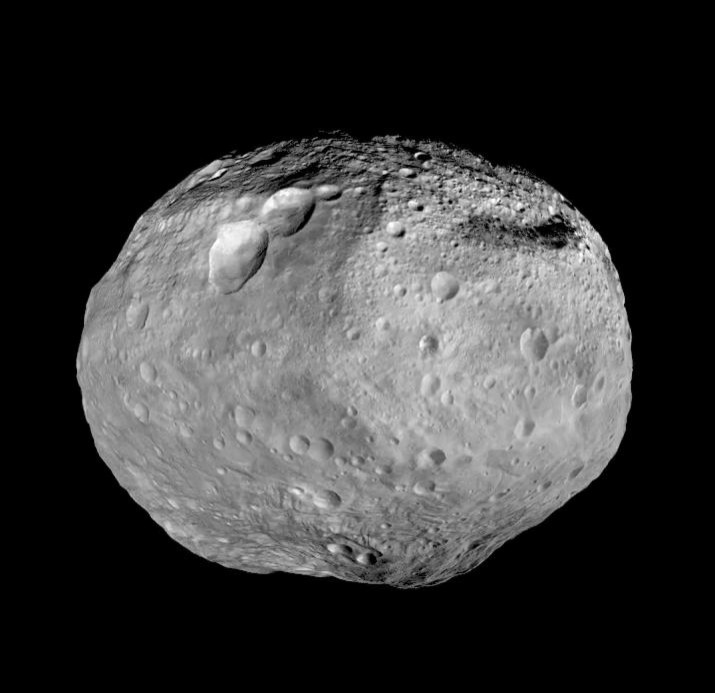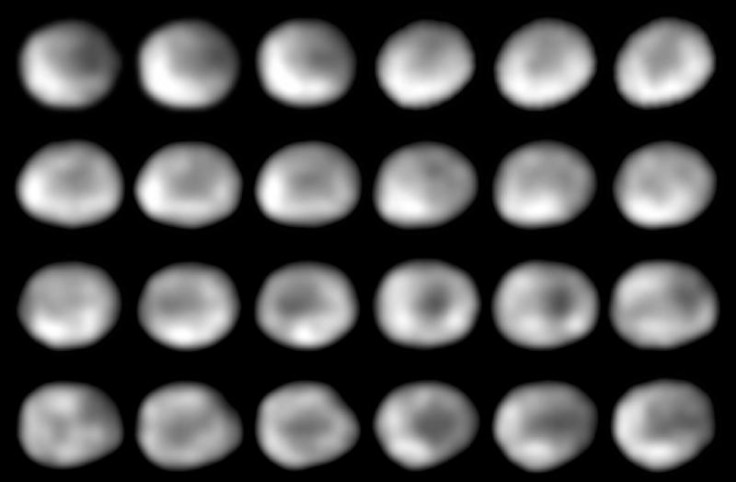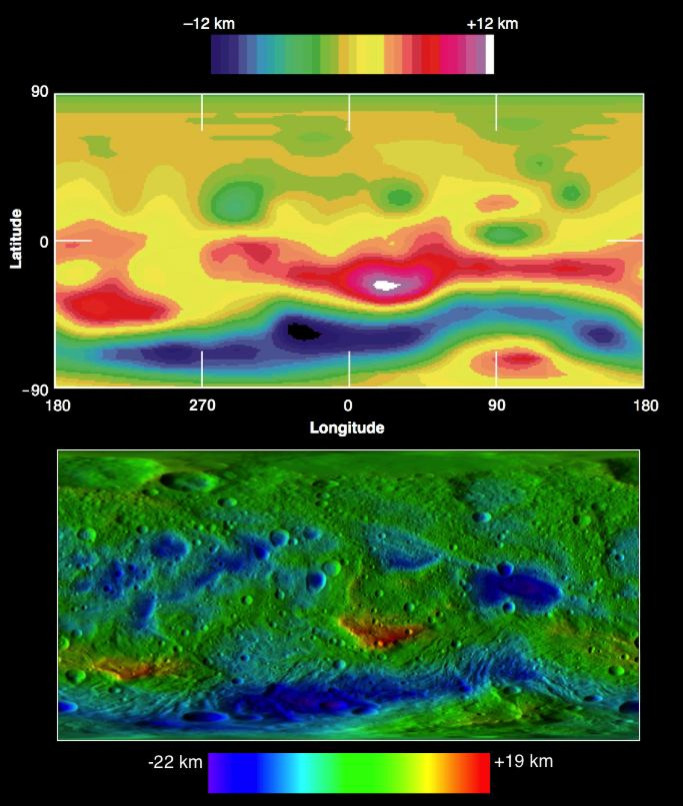Astronomers Use Hubble Space Telescope And NASA's Dawn Spacecraft To Get A Good Look At Asteroid Vesta
Vesta is the second largest asteroid in our solar system and observations from the Hubble Space Telescope of this large object have fascinated astronomers. NASA's Dawn spacecraft was tasked to observed asteroid Vesta, its official name is 4 Vesta, and astronomers were able to compare the data collected from Hubble with a close-up look of the asteroid.

According to NASA, Vesta is the second biggest protoplanet in the asteroid belt, just behind Ceres, a dwarf planet and the largest asteroid in the asteroid belt, located between Mars and Jupiter. Vesta is 530 kilometers, approximately 329 miles, wide and is the length of Arizona. The asteroid also contains a giant crater near its south pole, approximately eight miles deep and 460 kilometers, 285 miles, wide. The impact ejected a tremendous amount of debris into space, NASA estimates one percent of Vesta's volume, over 500,000 cubic miles of rock. Vesta is a rocky body and is approximately 4.5 billion years old.
Vesta is also quite different from Ceres and the Dawn spacecraft reached the asteroid in 2011 and orbited Vesta through 2012, giving researchers a new look at surface features first observed by the Hubble Space Telescope. The research was published in the journal Science. Christopher Russell, from the University of California, Los Angeles, said of the ability to compare previous observations of Vesta's with the new observations from the Dawn spacecraft, "We chose to go to Vesta because the ground-based telescopes and, later, Hubble told us it was an interesting place. That was true, but we needed Dawn to discern the mineral distribution and history of Vesta's surface. We now know how these data sets tie together and complement each other."

Dawn was able to expand on Hubble's observations of Vesta's giant crater as well as its surface composition. According to the researchers, Hubble observed the crater, known as Rheasilvia, but Dawn was able to observe the contours within the crater and discovered an earlier, and larger, impact basin underneath Rheasilvia.
The bright, and dark, materials that made up the surface of Vesta observed by Hubble were also observed by the Dawn spacecraft. The bright material are rocks that are native to Vesta while the dark material are carbon-rich rocks that did not originate on the asteroid. Dawn's observations confirmed the accuracy of Hubble and this type of comparison could be useful in future research of asteroids and other objects in our solar system.

"We now know how these data sets tie together and complement each other. This will help us in our telescopic studies of other members of our solar system," said Russell. Dawn is currently on its way to Ceres and should arrive at the protoplanet by 2015 and researchers could perform a similar method of comparing Hubble observations with the new observations made by Dawn.
© Copyright IBTimes 2025. All rights reserved.






















